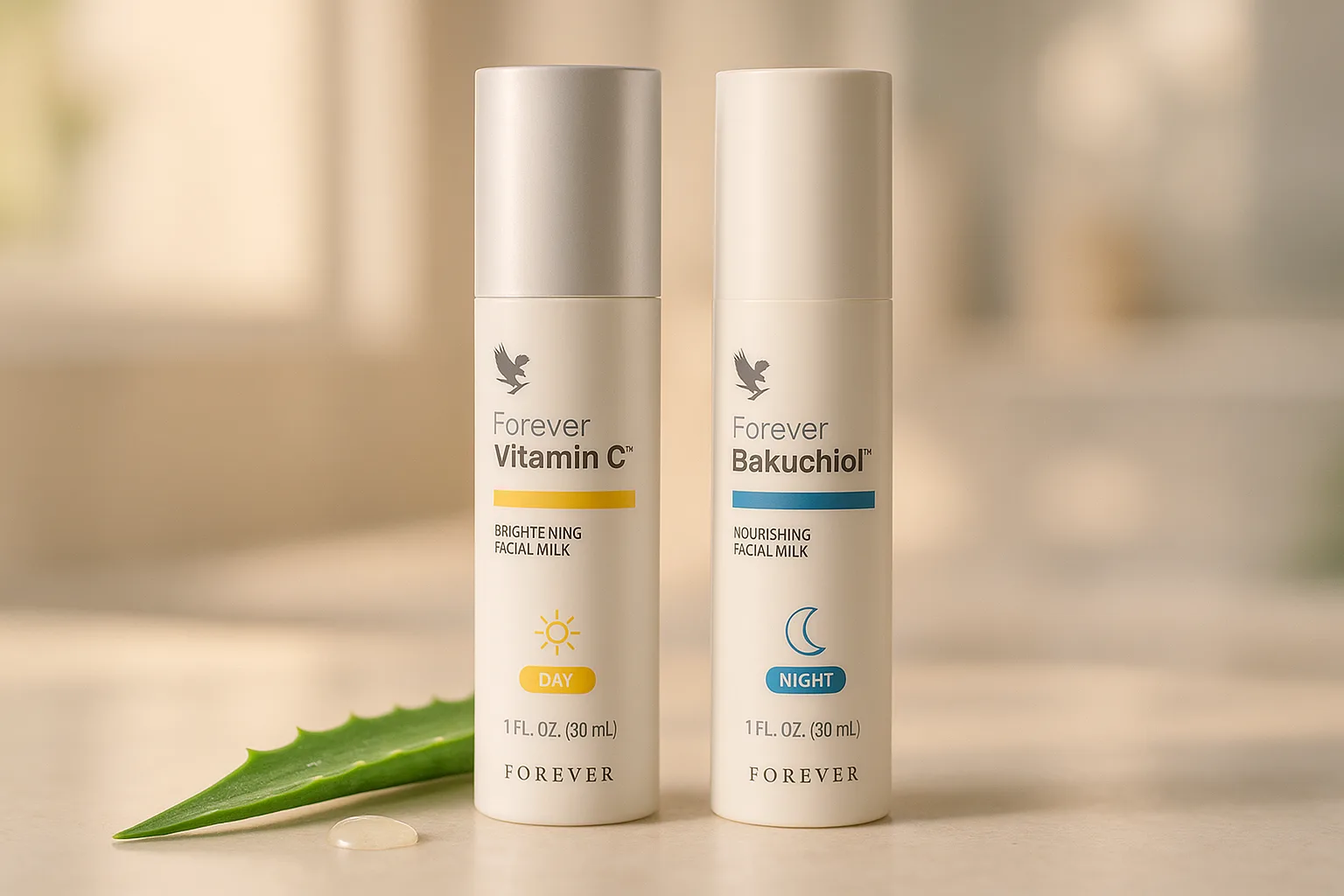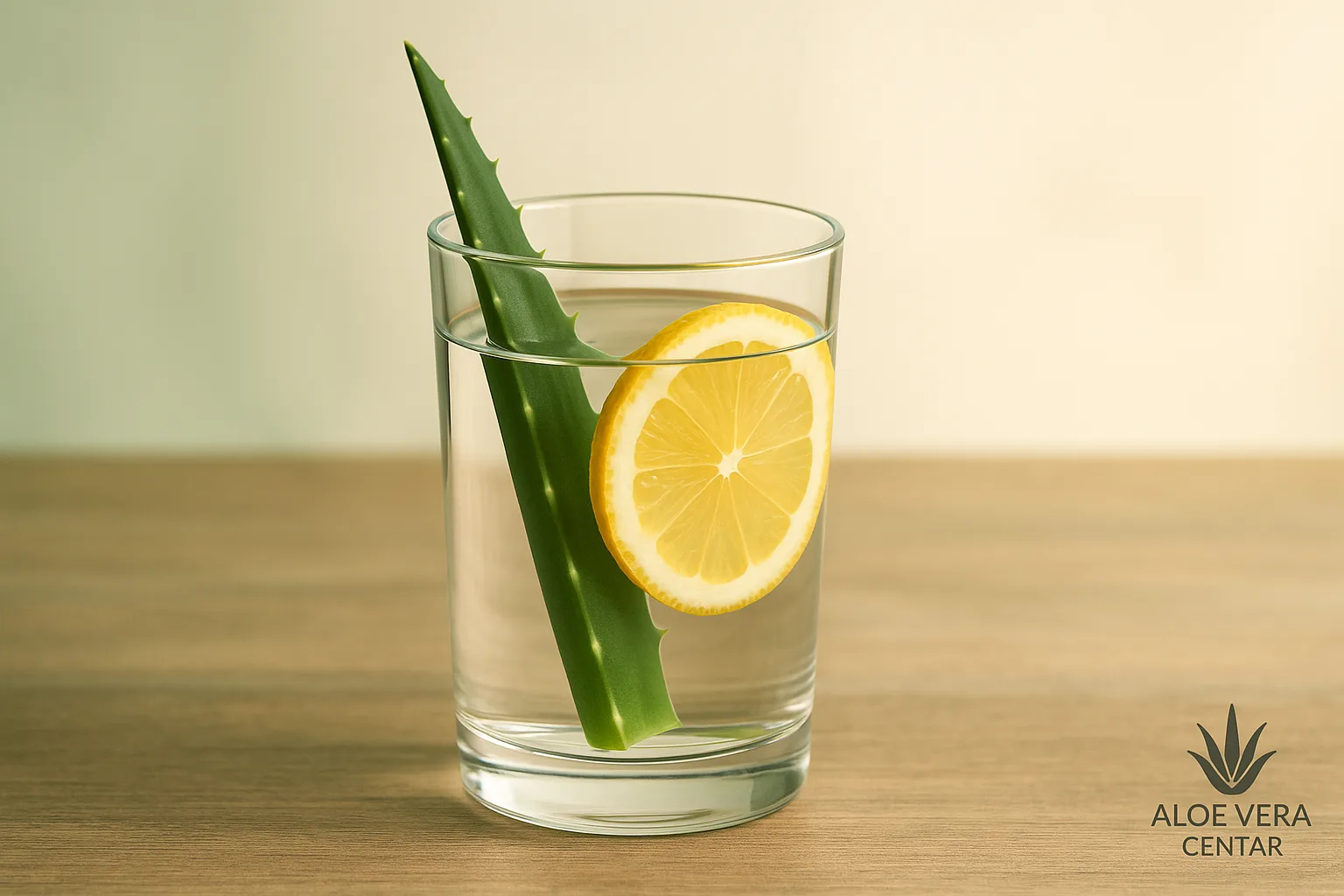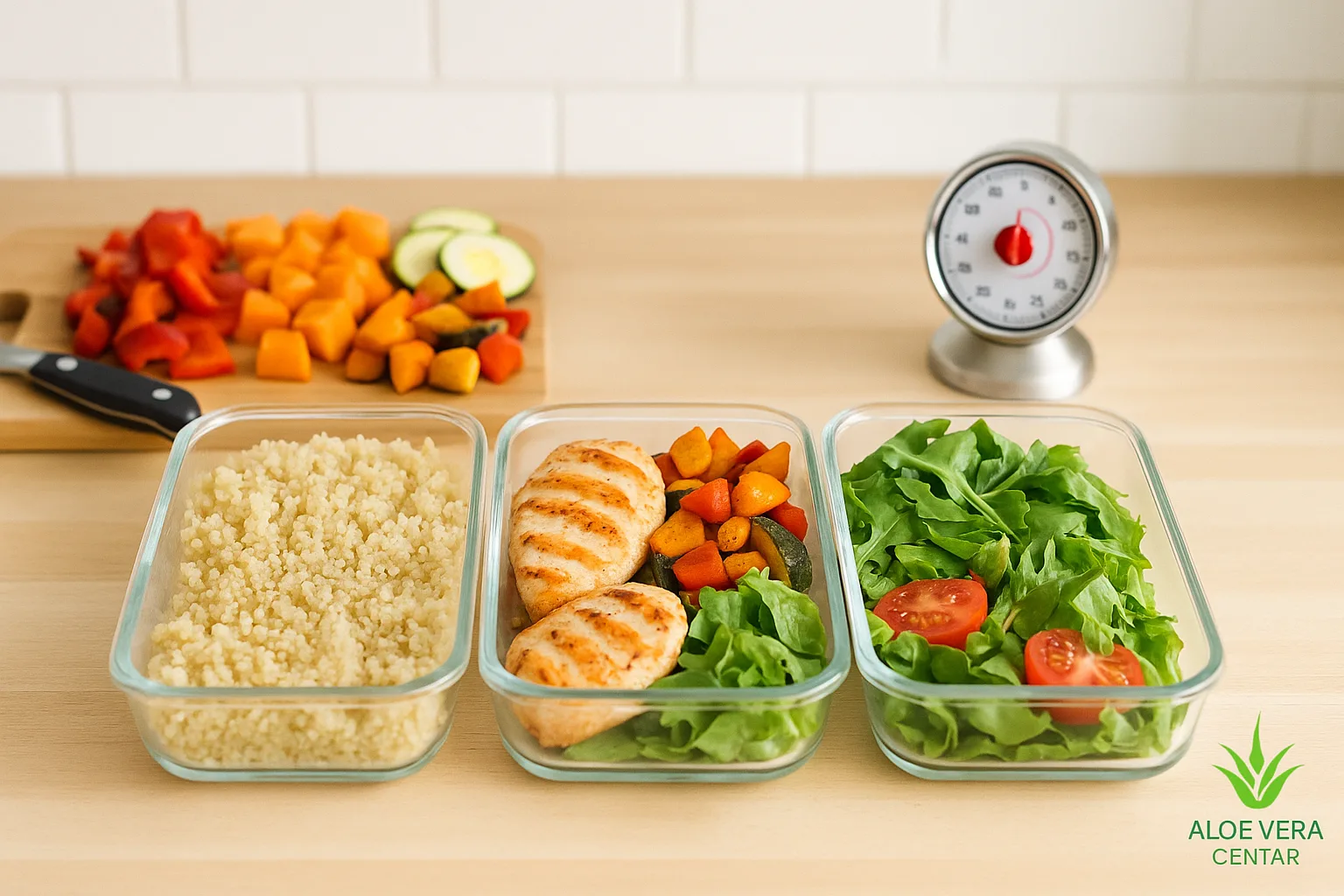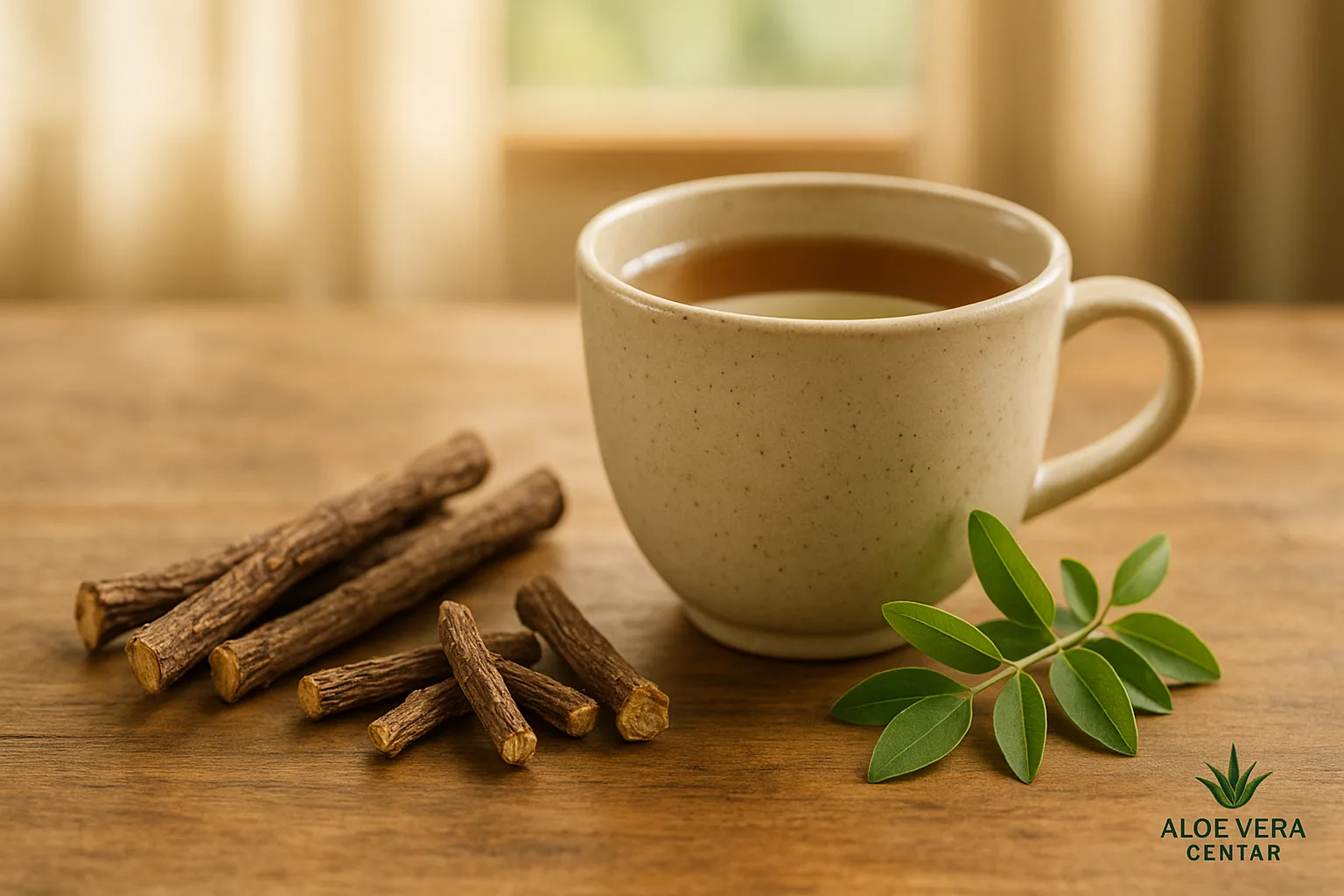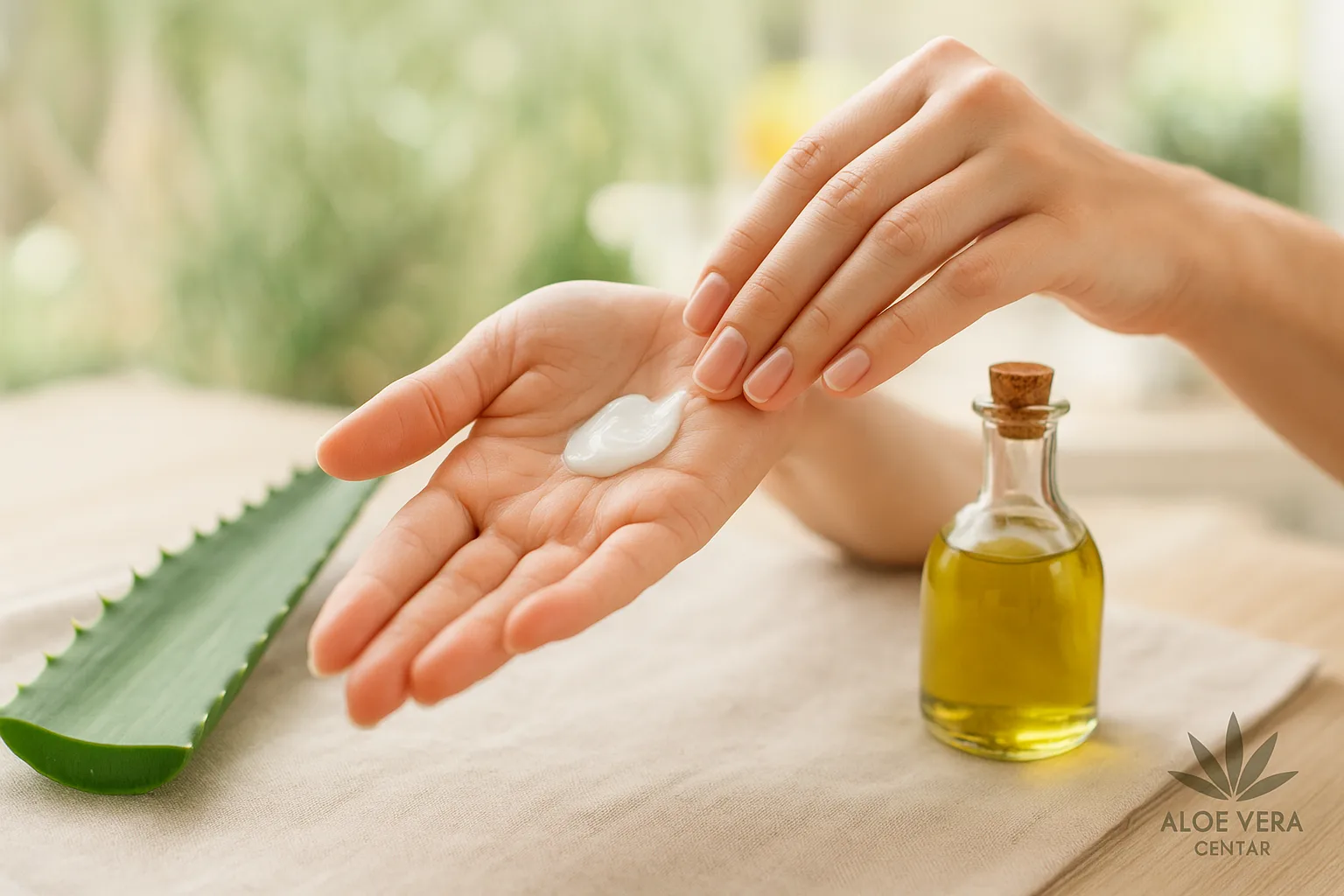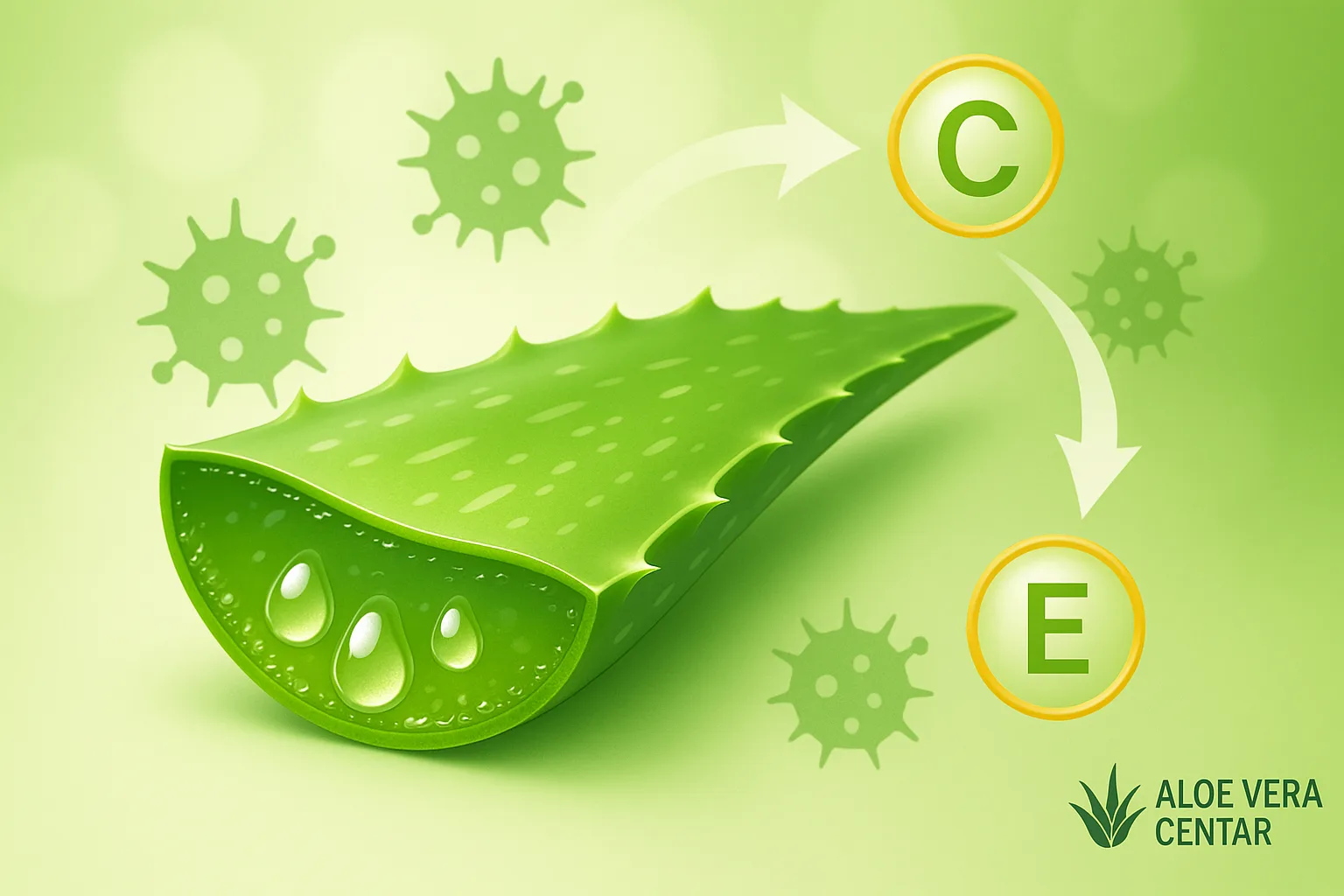
Antioxidant Power of Aloe Vera: Vitamins, Polyphenols, and Health
Antioxidant Properties of Aloe: The Role of Vitamins and Plant Polyphenols
Antioxidant fight against free radicals is more important today than ever – especially if you spend a lot of time in front of screens, frantically balance work and family, while eating on the go. You might wonder why? Free radicals are produced daily in our body, and their excessive presence is linked to accelerated aging, inflammation, and a range of chronic diseases. The good news is: Aloe vera contains an impressive combination of vitamins and plant polyphenols that are proven to neutralize these reactive molecules. Below, we reveal how these powerful antioxidants work in your body, what health benefits you can expect, and most importantly, how to maximize the benefits of this “queen of medicinal plants” in your daily life.
Why Do We Need Antioxidants?
Every time you breathe, exercise, expose yourself to UV rays, or experience stress, your cells produce free radicals. They “steal” electrons from healthy molecules, damaging membranes, proteins, and DNA. The body defends itself with its own enzymes like glutathione peroxidase, but often this defense is too slow or too weak. Dietary antioxidants step in as additional protection: they donate an electron to the free radical, deactivating it before damage occurs.
Here’s the thing: our modern dietary habits often don’t provide enough antioxidants. This is where aloe vera steps in, which, thanks to its rich phytochemistry, represents a practical and natural way to boost your “antioxidant shield.”
Aloe Vera – Natural Reservoir of Antioxidants
While already well-known for its soothing effect on skin, aloe barbadensis Miller holds far more than just moisturizing gel. Within its fleshy leaves, we find three key groups of antioxidants:
- Vitamins (C, E, beta-carotene) – are water or fat-soluble, protecting different parts of the cell.
- Polyphenols – mainly flavonoids and phenolic acids, known for their strong antioxidant potential.
- Trace minerals (zinc, selenium, manganese) – are cofactors of peroxide-destroying enzymes.
Vitamin C – First Line of Defense
It might sound surprising, but an average tablespoon of fresh aloe gel contains measurable amounts of vitamin C. This content is further enhanced if you include Forever Absorbent C in your diet, which combines ascorbic acid with natural oat bran fiber for slower release and better utilization. Vitamin C “patrols” in the blood and catches free radicals before they damage collagen, which is crucial for skin and connective tissue.
Vitamin E and Beta-Carotene – Lipophilic Membrane Guardians
Unlike the “watery” vitamin C, tocopherols and beta-carotene from aloe protect cell membranes – composed of fatty acids that are magnets for oxidation. Sounds too good to be true? Keep reading… The synergy with vitamin C enables regeneration of oxidized vitamin E, creating a cycle where antioxidants are continuously renewed.
Plant Polyphenols – Aloe’s Secret Weapon
Flavonoids like kaempferol and iso-quercetin give aloe its distinctive mild bitterness, but they’re the real stars in neutralizing free radicals. According to a study on PubMed, aloe polyphenols can reduce oxidative stress by up to 27% after 8 weeks of regular consumption.
How Do Aloe’s Antioxidants Work in the Body?
Still not convinced? Let’s look at the mechanism:
- Free radical neutralization – vitamins and polyphenols donate an electron and stop the “chain reaction” of lipid oxidation.
- Regen. of other antioxidants – vitamin C recycles vitamin E, while flavonoids restore ascorbate to its active form.
- Metal chelation – polyphenols bind excess iron and copper that catalyze the formation of new radicals.
- Reduction of inflammatory pathways – antioxidants block NF-κB signaling, thereby reducing chronic inflammation.
Such multi-layered defense helps explain why aloe has been part of folk recipes for health and longevity for centuries, and modern science now confirms this.
Scientific Insights – What Does Research Say?
Subjects who drank 50 ml of Forever Aloe Vera Gel daily recorded 18% lower markers of oxidative stress (MDA) in blood after four weeks. Even more impressively, the level of glutathione peroxidase – the body’s “peroxide garbage collector” – increased by 12%. Further proof that this drink isn’t just a “trend,” but really works.
But that’s not all… Research published on Healthline mentions that topical application of aloe reduces UV-induced skin lipid peroxidation by 25%, thus enhancing epidermal recovery.
Practical Tips – How to Harness Aloe’s Power Every Day
Want concrete ideas? Here’s a quick guide:
- Fresh gel in smoothie – add 30g of gel to your morning spinach and banana shake. This increases polyphenol intake without changing the taste.
- Topical skin care – a thin layer of Aloe Vera Gelly after showering nourishes skin with vitamin E and reduces oxidative stress caused by hot water.
- Tea break – replace coffee with mild Aloe Blossom Herbal Tea; tea polyphenols provide additional flavonoids to the body.
- Stack with turmeric – it’s proven that curcumin and aloe polyphenols together reduce CRP by 15% read more about synergy here.
- Boost immunity – the combination of spirulina algae, chlorella, and aloe showed better antioxidant activity in vitro than each component individually. See details in the guide about spirulina and chlorella.
Feeling lost in all this? No problem! Use our AI advisor to calculate your ideal dose and get a personalized plan – setup takes just 60 seconds.
Potential Side Effects and Precautions
While aloe is safe for most people, it’s important to note the following:
- Allergic reactions – rare but possible; test gel on a small patch of skin.
- Excessive latex dose – yellow liquid under the leaf rind can cause a laxative effect. Choose products with marked latex removal.
- Drug interactions – consult your doctor if you have diabetes or thyroid issues.
Frequently Asked Questions
How much aloe gel can I drink daily?
Most studies use a dose of 50-100 ml of pure gel daily. This amount is safe and potent enough to show antioxidant effects.
Is it better to drink gel or apply it to skin?
For maximum effect, combine internal and topical use: oral gel protects organs, while local application defends skin from oxidative stress.
Can pregnant women use aloe for antioxidant protection?
Topical application is generally safe, but oral preparations should only be used after consulting with an obstetrician due to latex’s possible mild laxative effect.
Does aloe help with chronic inflammatory conditions?
According to recent studies, regular aloe gel intake can reduce CRP levels, but you’ll see results faster if you add other anti-inflammatory ingredients like omega-3 or curcumin to your diet.
Conclusion
Time to put the finishing touch: aloe vera is much more than a burn relief plant. Its unique cocktail of vitamins and plant polyphenols provides comprehensive antioxidant protection – from skin, through heart, to brain. Want to feel the difference right away? Visit our webshop and secure a 15% discount on your first order, add Forever Aloe Vera Gel to your cart, and move towards a healthier, more energetic day. Your cells will thank you!
Additional Allies in Antioxidant Protection
If you enjoy fruity notes in beverages, it’s worth trying Forever Aloe Berry Nectar, which combines aloe vera with cranberry and apple – a powerful source of polyphenols and vitamins for daily energy. The product is also available as Aloe Berry Nectar formula in convenient packaging.
Antioxidants aren’t just important for skin and heart health, but also for the brain. If you’re interested in a deeper look at nutrition and neurodegenerative diseases, read the article about Parkinson’s and nutrition and learn how polyphenol-rich foods can play a protective role.
For additional vitality and body resistance, reach for goji berries. They’re a key ingredient in the supplement Forever Lycium Plus, which combines lycium and powerful antioxidants to support eyes, skin, and immune system.
When you combine aloe vera with these plant sources of antioxidants, you create a layered protection that helps reduce oxidative stress, preserve energy, and slow down aging processes.
Note: The information in this article is for educational purposes only and is not a substitute for professional medical advice. For chronic conditions, consult a doctor or qualified nutritionist.

